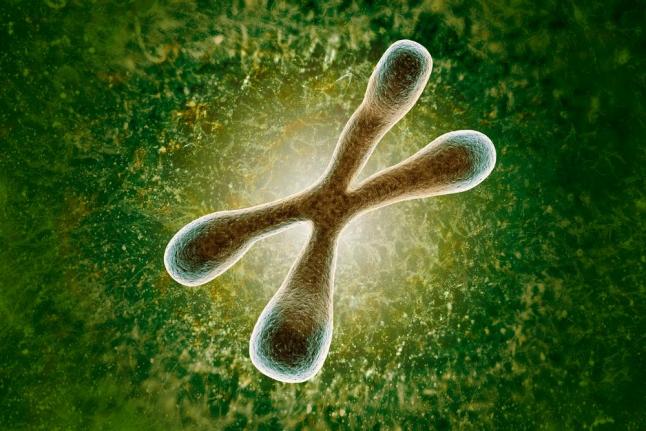
Researchers Edit Human Genes With Low-Dose Irradiation

LOS ANGELES, July 22 (UPI) — Researchers used low-dose irradiation as part of a gene editing technique for the first time that is 10 times more effective than current standard techniques.
[one_fourth]
[/one_fourth][three_fourth_last]
Gene editing is used to model human disease in the lab by creating gene mutations, as well as to correct mutations in efforts to cure diseases.
“The combination of low-dose irradiation and correct gene copy will accelerate our ability to model human disease using stem cells from patients with many different disorders,” said Dr. Vaithilingaraja Arumugaswami, director of the Pancreas and Liver Program in the Cedars-Sinai Board of Governors Regenerative Medicine Institute, in a press release.
This form of gene editing, researchers said, will allow scientists to better insert reporter genes that indicate, by changing color, what type of cell a stem cell has turned into. The new technique will also help with studies that involve researchers testing drugs on human cells that carry disease-causing genes.
The study is published in Stem Cells Translational Medicine.
Like Us on Facebook for more stories from GephardtDaily.com






